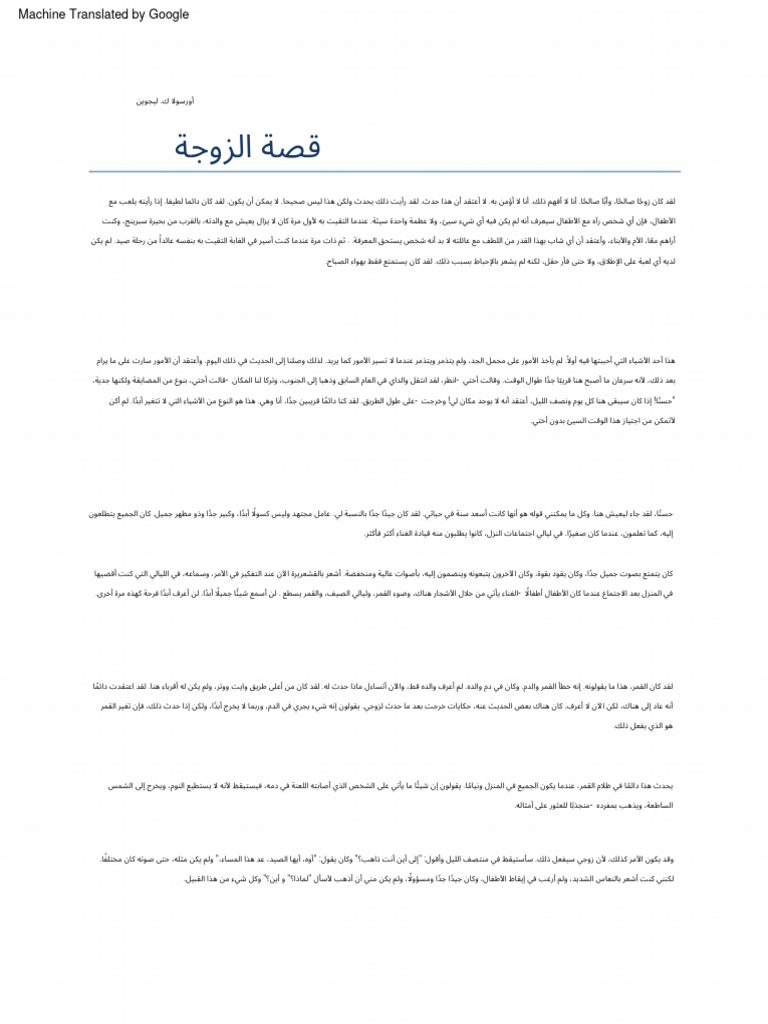Skip

The world of artificial intelligence is rapidly evolving, and one of the most significant advancements in recent years has been the development of large language models. These models have the potential to revolutionize numerous industries, from healthcare and education to finance and entertainment. However, as with any powerful technology, there are also concerns about their potential risks and challenges. In this article, we’ll explore the current state of large language models, their potential applications, and the challenges that need to be addressed.
One of the most significant advantages of large language models is their ability to generate coherent and context-specific text. This has numerous potential applications, including:
- Content creation: Large language models can be used to generate high-quality content, such as articles, blog posts, and social media updates.
- Language translation: They can be used to improve machine translation systems, enabling more accurate and nuanced translations.
- Chatbots and virtual assistants: Large language models can be used to power chatbots and virtual assistants, enabling them to have more natural and engaging conversations with users.
However, there are also challenges associated with large language models. For example:
- Bias and fairness: Large language models can perpetuate biases present in the training data, which can result in unfair or discriminatory outcomes.
- Explainability and transparency: It can be difficult to understand how large language models arrive at their decisions, which can make it challenging to identify and address potential issues.
- Security and safety: Large language models can be vulnerable to attacks, such as data poisoning and adversarial examples, which can compromise their performance and integrity.
To address these challenges, researchers and developers are working on a range of solutions, including:
- Data curation and preprocessing: Carefully curating and preprocessing the training data to minimize bias and ensure fairness.
- Explainability techniques: Developing techniques to explain and interpret the decisions made by large language models.
- Security measures: Implementing security measures, such as data encryption and access controls, to protect large language models from attacks.
As large language models continue to evolve, we can expect to see significant advancements in a range of industries. For example:
- Healthcare: Large language models can be used to analyze medical texts and identify potential diagnoses.
- Education: They can be used to develop personalized learning materials and adaptive assessments.
- Finance: Large language models can be used to analyze financial texts and identify potential investment opportunities.
However, it’s also important to consider the potential risks and challenges associated with large language models. For example:
- Job displacement: Large language models have the potential to automate certain tasks, which could result in job displacement for some workers.
- Misinformation and disinformation: They can be used to generate convincing but false information, which can be difficult to distinguish from fact.
To mitigate these risks, it’s essential to develop and deploy large language models in a responsible and transparent manner. This includes:
- Ensuring accountability: Ensuring that developers and deployers of large language models are accountable for their actions and decisions.
- Promoting transparency: Promoting transparency about the development and deployment of large language models, including their potential risks and benefits.
- Encouraging collaboration: Encouraging collaboration between researchers, developers, and policymakers to address the challenges associated with large language models.
What are the potential applications of large language models?

+
Large language models have a range of potential applications, including content creation, language translation, chatbots, and virtual assistants.
What are the challenges associated with large language models?

+
The challenges associated with large language models include bias and fairness, explainability and transparency, and security and safety.
How can the challenges associated with large language models be addressed?

+
The challenges associated with large language models can be addressed through data curation and preprocessing, explainability techniques, and security measures.
What are the potential risks associated with large language models?

+
The potential risks associated with large language models include job displacement and the generation of misinformation and disinformation.
In conclusion, large language models have the potential to revolutionize numerous industries, but they also pose significant challenges and risks. To realize their potential while minimizing their risks, it’s essential to develop and deploy them in a responsible and transparent manner. This requires collaboration between researchers, developers, and policymakers to address the challenges associated with large language models and ensure that their benefits are realized.

